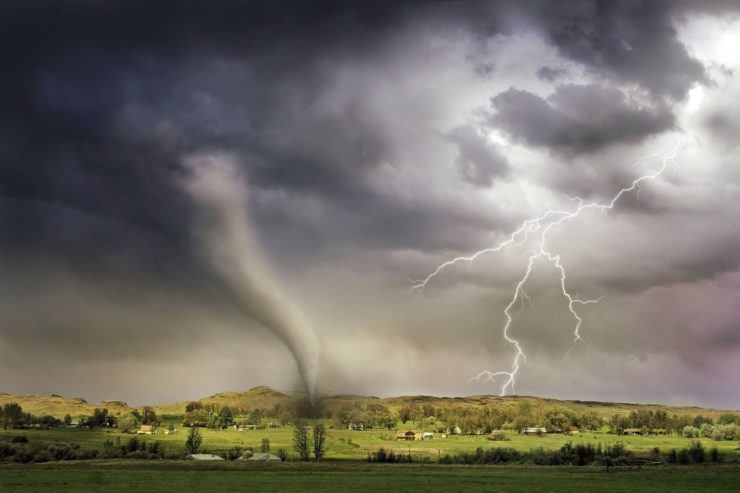
When disaster strikes, timing is critical when it comes to rescue efforts. Traditionally rescuers, along with the help of dogs, will manually search a site to locate any people. Not only is this extremely time consuming, but it also puts the emergency response team at great risk. These dangers are only increased when a victim is possibly hidden under debris. After a recent tornado ravaged parts of Alabama, rescue crews used new technology in their survey of the damaged area. They were equipped with thermal sensing drones. In using these drones they were able to avoid stumbling through destroyed buildings to check whether there were any humans lying in the ruins.
This latest incident adds to a growing number of rescue operations within the US and across the globe that have relied on unmanned thermal imagining drones to assist in critical situations such as wildfires, lost people, and other natural disasters. Jay Jones, a Sheriff within the tornado hit Alabama, would not confirm weather or not the heat seeking drones did in fact locate any individuals, alive or deceased. But he was positive that the drones helped to assist the rescue team perform their duties in the wake of the tornado’s aftermath. According to the Sheriff, the drones gave them an overhead view of inaccessible areas.
Thermal imaging or heat seeking drones rely on infrared cameras that can identify heat sources in buildings, on the ground, or in water whether from an animal or human. It can also capture other elements such as fires and gas leaks. These drones can send color coded images to any screen device such as a cellphone, a laptop, or a screen monitor in real time. Drone technology has many benefits as well as being cheap, requiring less training, and can get into tight spaces where helicopters can’t fit.
Rescue operations in Mexico, China, and Nepal have all used drones after earthquakes and other natural disasters. Similarly, firefighters in California used heat seeking drones to search burnt homes and map fires. Elsewhere in the US, thermal imaging drones have been used to rescue a man trapped in swampy woods in Hamilton County, Tennessee. On the day of the accident, Marty Dunn, the Hamilton County Sheriff’s Detective got a distress call. Dunn got to the scene with a heat seeking drone to search for the man over the thick tree canopy. Within six minutes, the drone sent heat signals that a human was stuck near a tree, quickly rescuing him.
Menlo Park Fire Protection District relies on its fleet of 15 drones to help in various rescue operations. The drones have proved handy in during wildfires in Northern California, and Hurricane Harvey in Texas. Chief Harold Schapelhouman said the drones scoped out the flooded areas after the hurricane to make rescue boat navigation much faster.
Although Florida has strict laws about drone operations, the sheriff’s office can use the drones during emergency situations such as hurricanes or tornadoes with or without a court order. A study conducted by the Center for the Study of Drones at Bard College found out that at least 910 emergency-service agencies including state and local police in the US have already acquired drones. It is only a matter of time before more emergency agencies start adapting this incredible technology. These drones help save and protect lives. They are ready in a matter of minutes without putting a financial strain on a community, unlike helicopters. They could in fact be the future of rescue operations around the world.
|